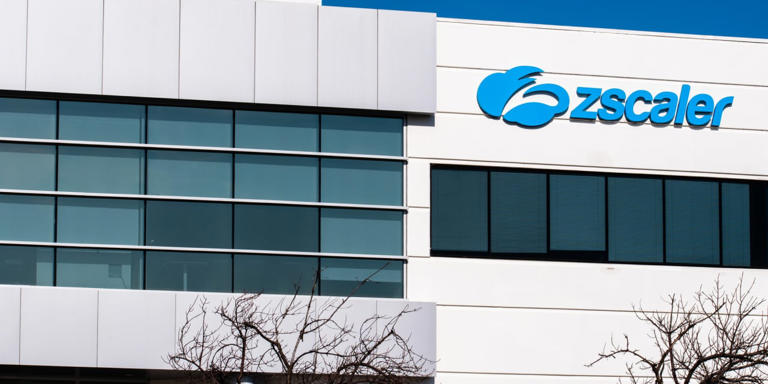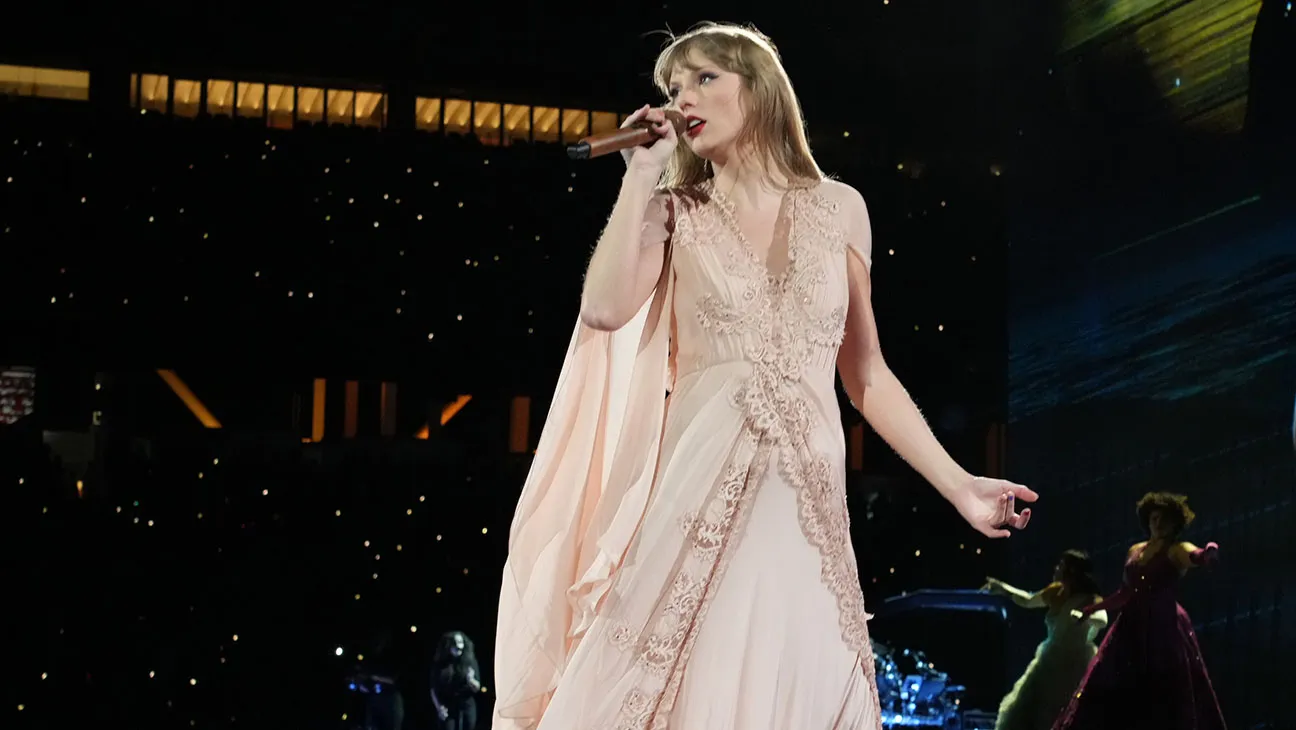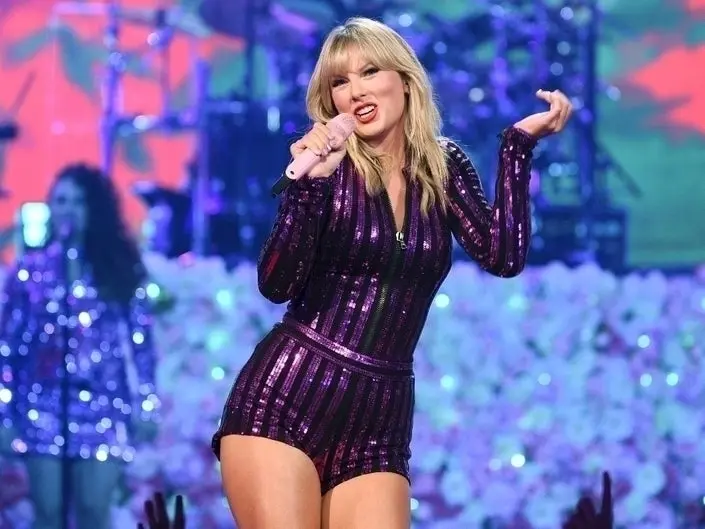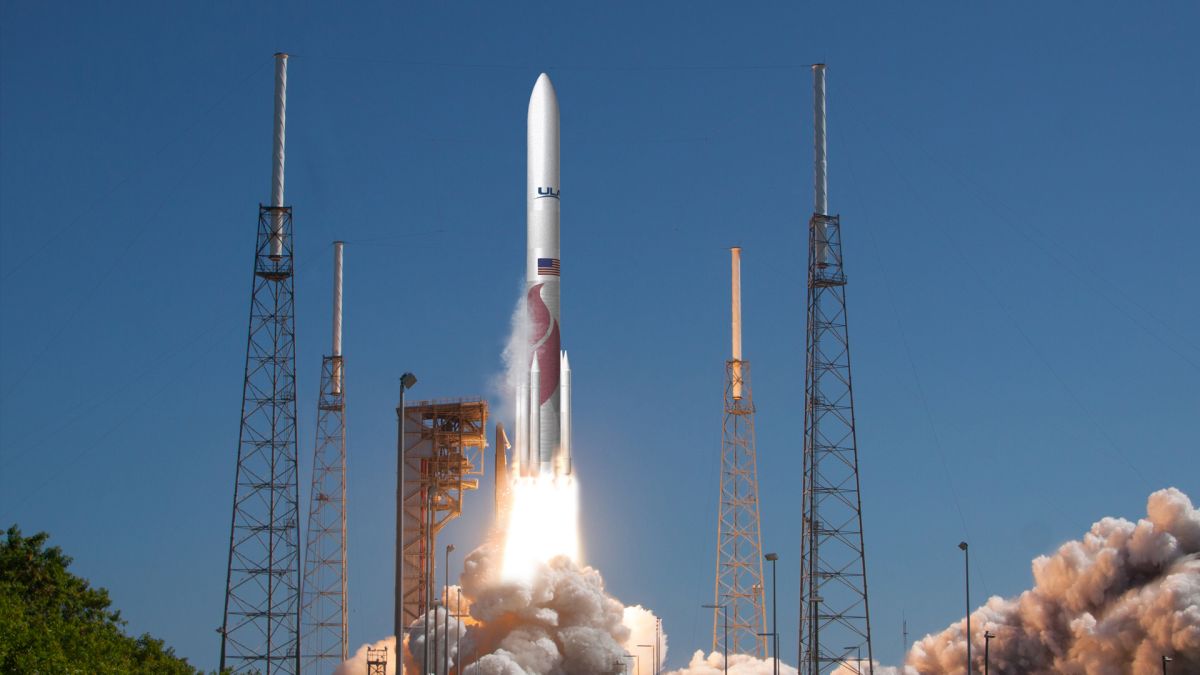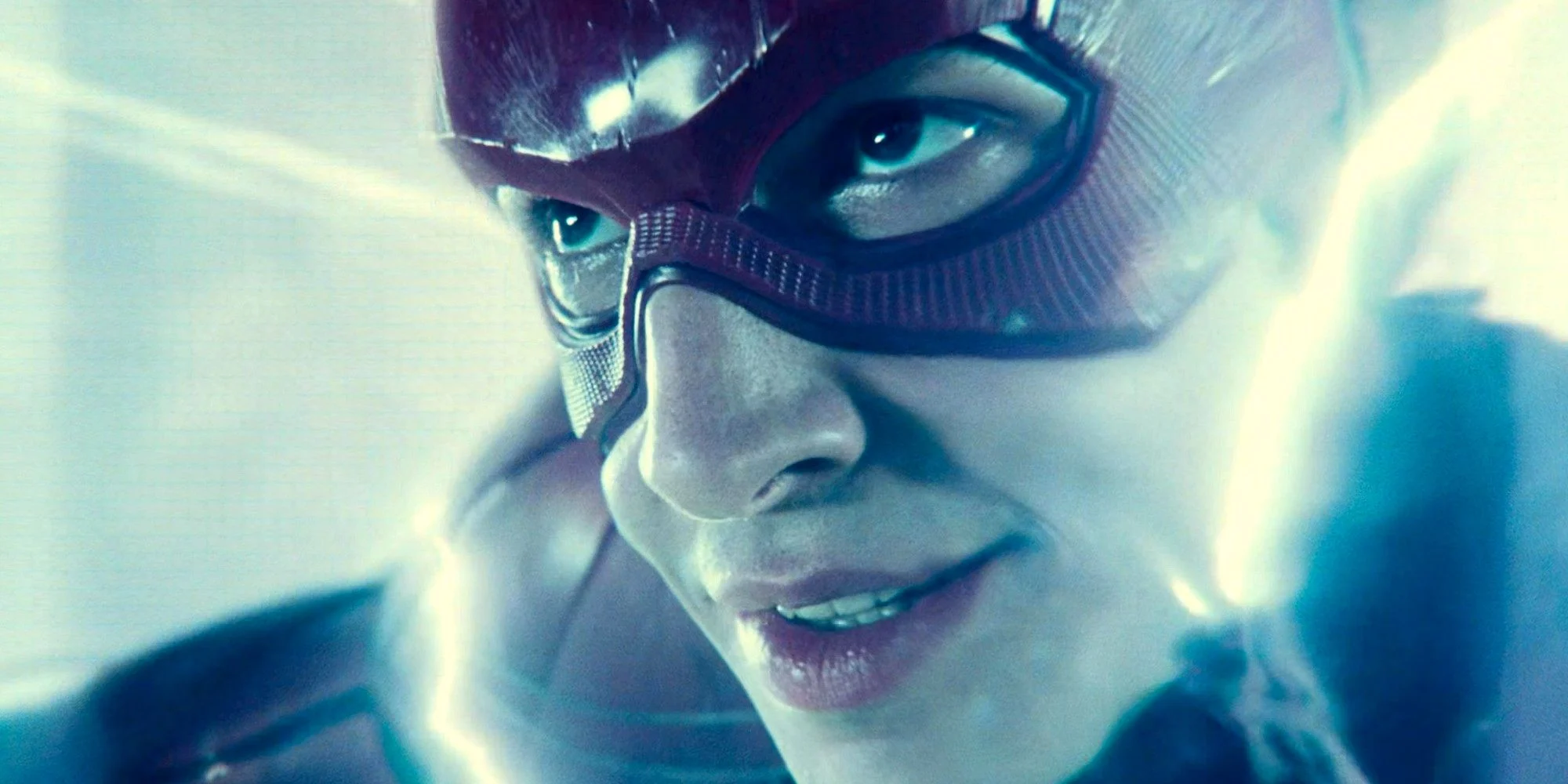Nvidia (NASDAQ:NVDA) has emerged as one of the standout success stories on Wall Street, particularly in the context of the AI-themed bull cycle. Bolstered by a string of outstanding quarterly reports, the chip giant has garnered significant attention and investor confidence. However, amidst the prevailing optimism, not everyone shares the same rosy outlook.
Investor James Foord offers a contrarian perspective on NVDA’s future trajectory, suggesting that the company’s days of meteoric growth may be reaching an inflection point. Despite Nvidia’s recent impressive performance and ongoing positive sentiment, Foord raises several concerns regarding the company’s valuation and the sustainability of its growth momentum.
“While Nvidia just had another excellent quarter, underlying concerns are creeping up,” Foord notes. He points to potential challenges such as the company’s lofty valuation, heightened expectations, and the looming threat of increasing competition. These factors, according to Foord, could pose significant headwinds for Nvidia in the foreseeable future.
Foord highlights the possibility of profit margins declining in the coming quarters, despite recent improvements. Additionally, he expresses skepticism about Nvidia’s ability to maintain its growth trajectory, particularly with the impending release of its next-generation Blackwell GPU architecture. Foord suggests that the launch of this new architecture may not be sufficient to sustain Nvidia’s growth, especially given the intensifying competition in the semiconductor industry.
Recent developments further underscore Foord’s concerns. Nvidia’s decision to reduce the price of its high-end chips in China due to soft demand and competition from Huawei, as well as the adoption of rival AMD’s accelerators for powering Azure’s OpenAI workloads, signal growing challenges for Nvidia. These developments suggest that competitors are gaining ground, potentially threatening Nvidia’s dominant position in the market.
Drawing parallels to Cisco’s early 2000s collapse, Foord warns that Nvidia’s stock could face a significant correction if signs of underperformance emerge. He believes that even a slight deviation from the company’s stellar performance could trigger a sharp decline in its stock price, similar to what transpired with Cisco during its heyday.
In light of these concerns, Foord has downgraded his rating on NVDA from Hold to Sell, urging caution among investors. However, his bearish stance contrasts sharply with the prevailing sentiment on Wall Street, where the majority of analysts maintain a Strong Buy rating on the stock.
While some analysts advocate for caution, the consensus remains overwhelmingly bullish on NVDA, reflecting widespread confidence in the company’s long-term prospects. Nonetheless, with Nvidia’s stock already posting significant gains year-to-date, analysts anticipate more moderate returns in the near term.
Ultimately, investors are advised to conduct thorough due diligence and carefully consider the diverging viewpoints before making investment decisions, particularly in light of the potential risks and uncertainties surrounding Nvidia’s future trajectory.

